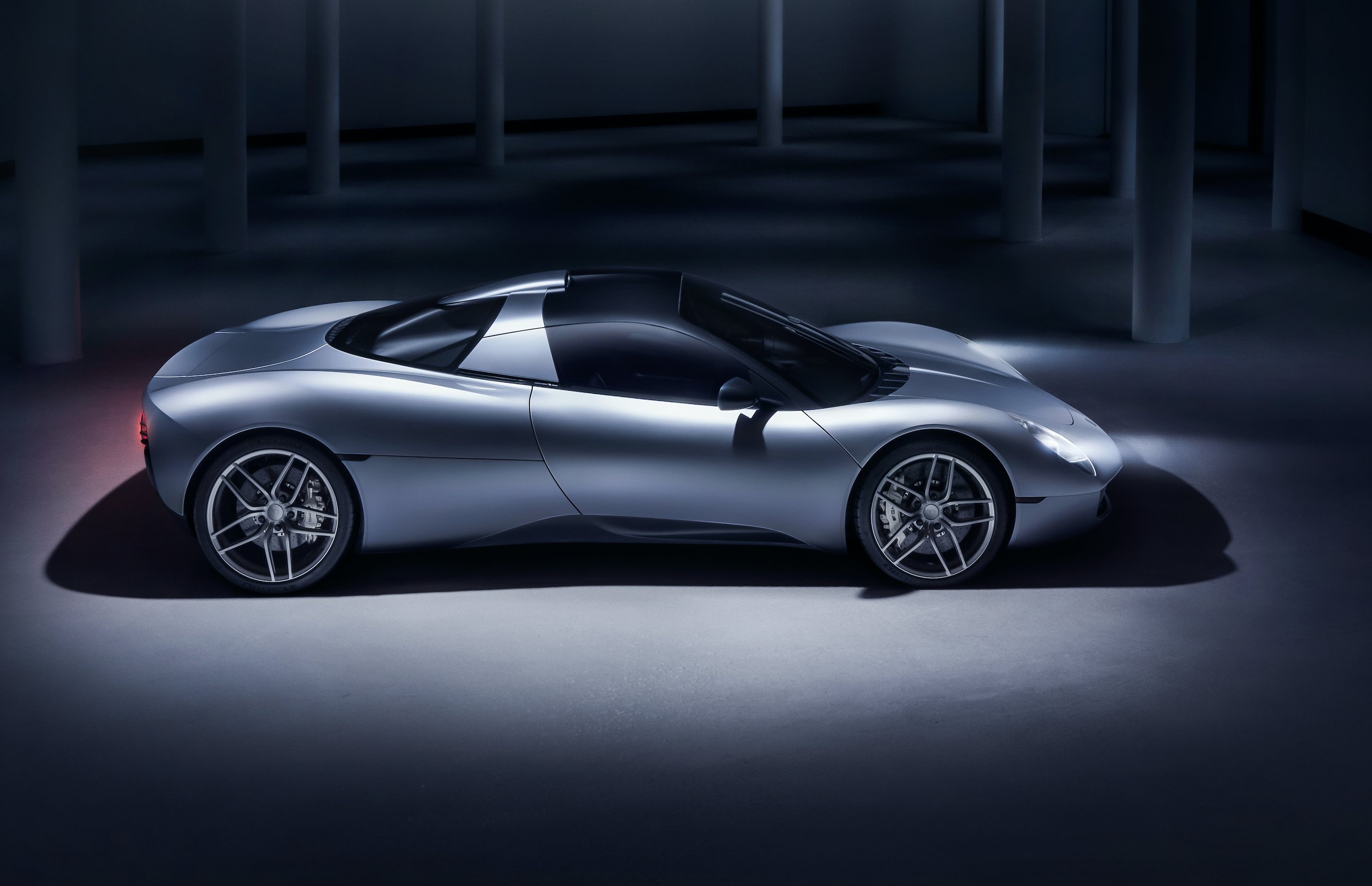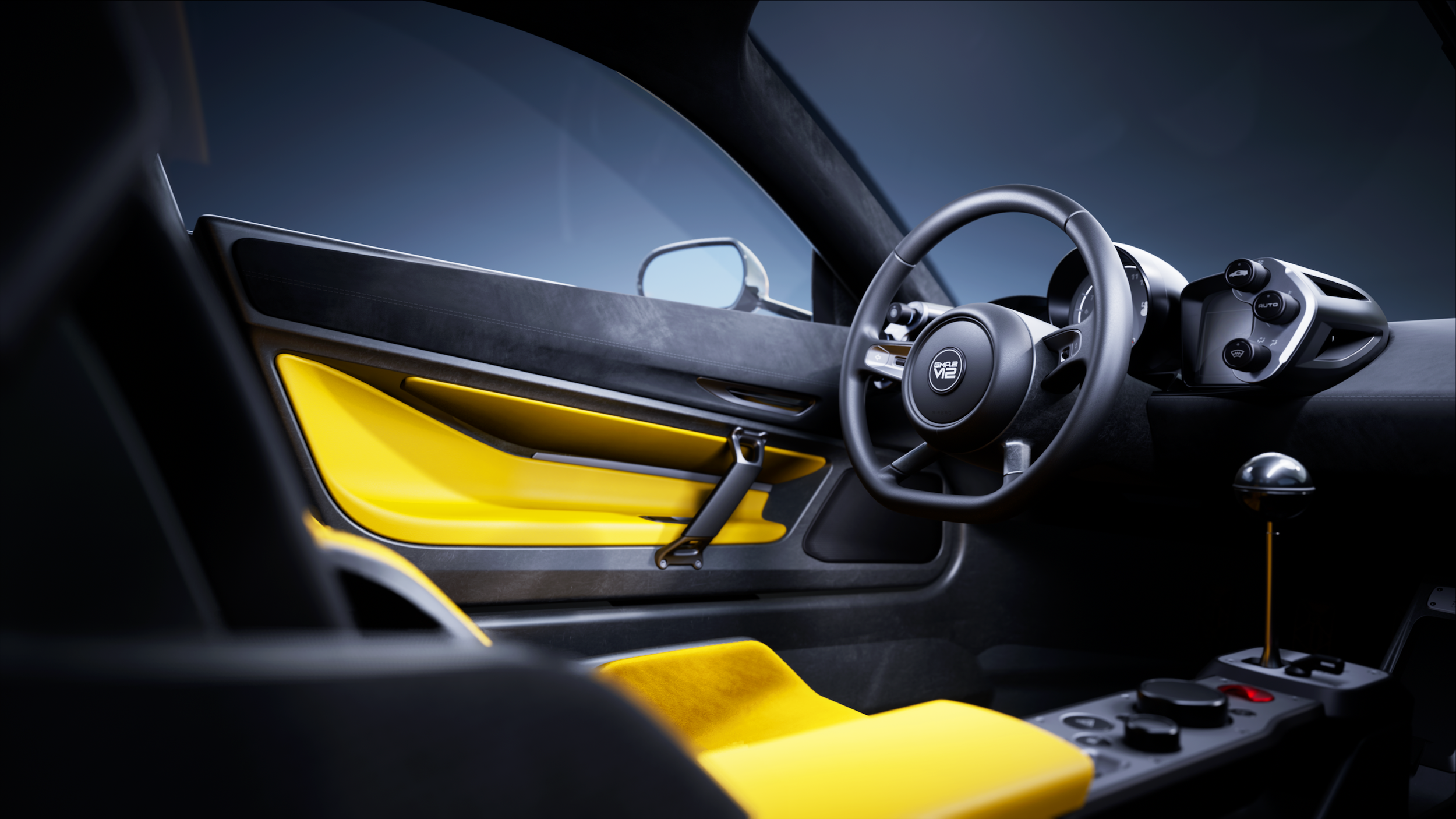Tee off time for Murray’s latest
/Simplicity, right down to the naming convention, rules this new $2.8m supercar.
NO central driving position, no active electric fan-driven road-sucking aero – but a very enlivening V12 and a manual transmission: So what’s not to like, all in all?
That pretty much sums up the global media reaction to the GMA T.33, the second road-legal supercar created by legendary automotive designer Gordon Murray (also the father of innumerable track racing cars).
Though sharing the same engine fitted to his 2021 creation, the T.50, the new model revealed overnight sticks a little more closely to the ‘regular supercar’ format, in having two seats side by side.
An arrangement tying it to every ‘mainstream’ sports car also distinguishes it from other Murray cars, which put one in the middle for the driver, with two others further back on either side. That layout works for T.50, the track-orientated T.50 Niki Lauda and also, of course, the first car in which Murray tried the layout with, the McLaren F1.
The T.33 is powered by the same mid-mounted 3.9-litre V12 engine as the T.50, which was jointly developed by GMA and engine-builder Cosworth. The camshafts, exhaust system, cooling systems, variable valve timing and engine mapping are reworked for this application, but that’s no disappointment.
Maximum power output is 458kW occurring at 10,500rpm – so, 600rpm be low redline. Given the car weighs just 1100kg (of which the engine contributes a modest 718kg) thanks to its carbon-fibre monocoque construction, it’s imagined the car will be very quick indeed. The make has yet to share that data.
The power is sent to the rear wheels through a bespoke six-speed manual gearbox or optional paddle-shift unit developed by Xtrac, which is both ultra-fast and ultra-light, adding no more than 80kg to the car's overall weight.
Speaking about the power unit, Murray, said: “The engine is the heart and soul of any supercar. And to ensure driving perfection, it must be bespoke, and it must be normally aspirated. We were fortunate that we had the world's greatest V12 from the T.50 as a starting point.”
Yet, nothing was taken for granted, he adds. “… no part was automatically carried over without due diligence and consideration … every single detail was pored over in painstaking depth. Numerous systems and components were re-engineered and re-designed to pursue excellence, and we are 100 per cent confident that the GMA.2 V12 provides the perfect match for the T.33's driving characteristics.”
From the outside, the T.33 is a different beast to the T.50. The latter’s trademark feature is a big fan at the rear, the suction holding the car to the road. The T.33 uses aerodynamics to achieve similar effect. Air channels under the floor to create ground-effect, removing the need for the large wings, spoilers and vents found on most other supercars.
The interior is extremely driver-focused, with little in the way of large touchscreens or distracting infotainment systems. There are no indicator stalks either. That function goes to thumb buttons on the steering wheel. The rest of the cabin is unashamedly rotary and analogue with surfaces and controls machined from aluminium alloy.
Murray says the car being so light means it doesn't need the same massive, hefty wheels and tyres found on other supercars. It gets along with 19-inch alloys up front and 20-inch rims at the rear, shod in Michelin Pilot Sport 4 S tyres. It has Brembo carbon-ceramic brake discs with six-pot brake calipers up front, four-cylinder at the rear. The suspension employs lightweight double wishbones front and rear working with coil springs over aluminium alloy dampers.
The T.33 is homologated for worldwide sale and use, and just 100 examples are set to be built each costing, the company says $NZ2.78 million. Deliveries are due to begin in 2024.





















